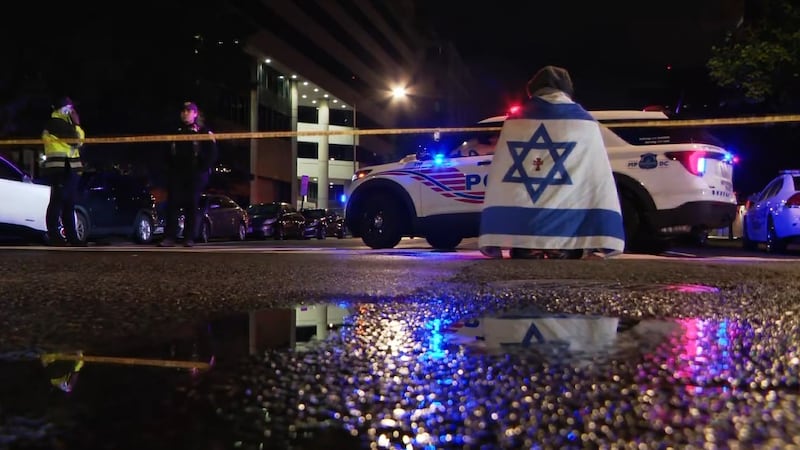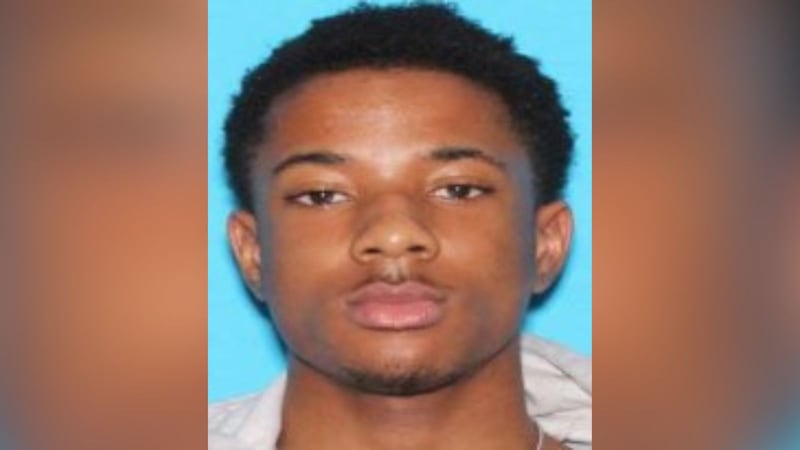Missouri sees significant drop in drug overdose deaths in almost a decade
JEFFERSON CITY, Mo. (KCTV) - The Missouri Department of Health and Senior Services reported the first significant year-to-year decrease of deaths from drug overdose since 2015.
The all-time high was 2,180 overdose deaths in 2022 and 1,948 deaths were reported in 2023 More than 73% of the deaths were from opioids, which means that 1 in every 47 deaths statewide were because of an opioid-involved overdose. Prescription opioids and heroin used to be the leading cause of this epidemic, but now synthetic opioids like fentanyl are the primary substance causing death.
Fentanyl is 50 times stronger than heroin and 100 times stronger than morphine. While it is available in prescription form, it is also made illegally. Five out of every 10 pills seized contains a lethal dose of fentanyl, according to the Drug Enforcement istration.
ALSO READ: Chiefs release former first-round pick, 2-time Super Bowl champ Clyde Edwards-Helaire
In Missouri, efforts have been made for years to reduce the problem. One approach is increasing the availability of Naloxone, which is a lifesaving medication that reverses opioid overdoses. Naloxone is available at pharmacies, local public health agencies and some clinics.
DHSS issued a statewide order that increased the ability of rescue medications by not requiring a prescription at pharmacies and local public health agencies in 2017. Nearly 30% of all naloxone prescriptions through MO HealthNet came from DHSS’s order since it was put in place. Since 2017, Medicaid clients have been provided 233,035 naloxone doses with 68,824 doses being sought under the DHSS order.
Even though prescriptions are no longer required for naloxone, the order has and continues to provide access to Medicaid clients and other individuals who are insured who may not have affordable ways to get the drug without the order.
“The improvements we are seeing are evidence-based, promising and indicative of successful statewide interdisciplinary comprehensive efforts,” said Dr. Heidi Miller, DHSS chief medical officer. “But, we can’t take our foot off the pedal toward assertively preventing and addressing substance use disorder and related overdose deaths.”
READ MORE: Northland investigators bust suspected shoplifters in Liberty holiday crackdown
Naloxone is not always free for patients. Individuals with insurance should ask the pharmacy to use their healthcare insurance to cover the cost through the Missouri State Standing Order for Naloxone. Those who are covered through MO HealthNet can receive naloxone at no cost. Those who do not have insurance and cannot afford naloxone can request it in the mail for free at GetMissouriNaloxone.com.
Besides pharmacies, individuals can get naloxone from local public health agencies, clinics and other organizations throughout the state. More information about opioids, treatment options and other resources can be found in the Responding to Opioids in Missouri.
Copyright 2024 KCTV. All rights reserved.














